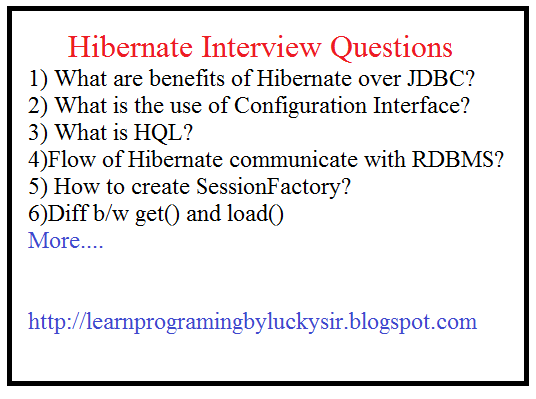

JDBC code is very tightly coupled with the application. Hibernate supports JPA annotations, so code is independent of implementation and easily replaceable with other ORM tools. This is very important feature in enterprise application and completely missing in JDBC API. Hibernate configuration helps us in using JDBC like connection as well as JNDI DataSource for connection pool. Hibernate provide option through which we can create database tables too, for JDBC tables must exist in the database. Hibernate supports caching that is better for performance, JDBC queries are not cached hence performance is low. For JDBC, we need to write native sql queries. Hibernate Query Language (HQL) is more object oriented and close to java programming language. Hibernate built-in transaction management removes the usage of try-catch blocks. Hibernate wraps JDBC exceptions and throw JDBCException or HibernateException un-checked exception, so we don’t need to write code to handle it.

Most of the times it’s redundant in every JDBC call and used for transaction management. JDBC API throws SQLException that is a checked exception, so we need to write a lot of try-catch block code. Read more at JDBC Transaction Management. In JDBC API, we need to write code for transaction management using commit and rollback. Hibernate implicitly provides transaction management, in fact most of the queries can’t be executed outside transaction. These features are not present with JDBC API. Hibernate supports inheritance, associations and collections. Hibernate removes a lot of boiler-plate code that comes with JDBC API, the code looks more cleaner and readable. Some of the important advantages of Hibernate framework over JDBC are: What are the advantages of Hibernate over JDBC? Overall hibernate is the best choice in current market for ORM tool, it contains all the features that you will ever need in an ORM tool. Hibernate cache helps us in getting better performance.įor database vendor specific feature, hibernate is suitable because we can also execute native sql queries. Hibernate supports lazy initialization using proxy objects and perform actual database queries only when it’s required. Hibernate is easy to integrate with other Java EE frameworks, it’s so popular that Spring Framework provides built-in support for integrating hibernate with Spring applications. This makes it a better choice than others because learning curve is small and there are tons of online documentations and help is easily available in forums.

Hibernate is an open source project from Red Hat Community and used worldwide. However, HQL is fully object-oriented and understands concepts like inheritance, polymorphism and association. Hibernate provides a powerful query language (HQL) that is similar to SQL. Hibernate framework provides support for XML as well as JPA annotations, that makes our code implementation independent. Hibernate eliminates all the boiler-plate code that comes with JDBC and takes care of managing resources, so we can focus on business logic. Some of the important benefits of using hibernate framework are: What are the important benefits of using Hibernate Framework? Current JPA version 2.1 was started in July 2011 as JSR 338. Java Persistence API (JPA) provides specification for managing the relational data in applications. For a quick overview of hibernate framework usage, you can go through Hibernate Beginners Tutorial. Similarly hibernate configurations are flexible and can be done from XML configuration file as well as programmatically. Hibernate framework provide option to map plain old java objects to traditional database tables with the use of JPA annotations as well as XML based configuration. We can use Hibernate persistence API for CRUD operations. Hibernate provides reference implementation of Java Persistence API, that makes it a great choice as ORM tool with benefits of loose coupling. Hibernate is java based ORM tool that provides framework for mapping application domain objects to the relational database tables and vice versa. Object-relational mapping or ORM is the programming technique to map application domain model objects to the relational database tables.


 0 kommentar(er)
0 kommentar(er)
